In the vast wilderness of Australia, a remarkable phenomenon has been observed by indigenous peoples for thousands of years, yet only recently acknowledged by western science. Several species of raptors—birds of prey with keen intelligence and hunting prowess—have demonstrated an ability that challenges our understanding of avian cognition: they deliberately spread fire to flush out prey. These “firehawk” raptors, including the Black Kite, Whistling Kite, and Brown Falcon, have developed an extraordinary hunting strategy that involves picking up burning sticks from existing wildfires and dropping them in unburned areas to create new fires. This article explores this fascinating behavior, its evolutionary significance, and what it teaches us about animal intelligence and tool use in the natural world.
The Discovery of Fire-Spreading Behavior
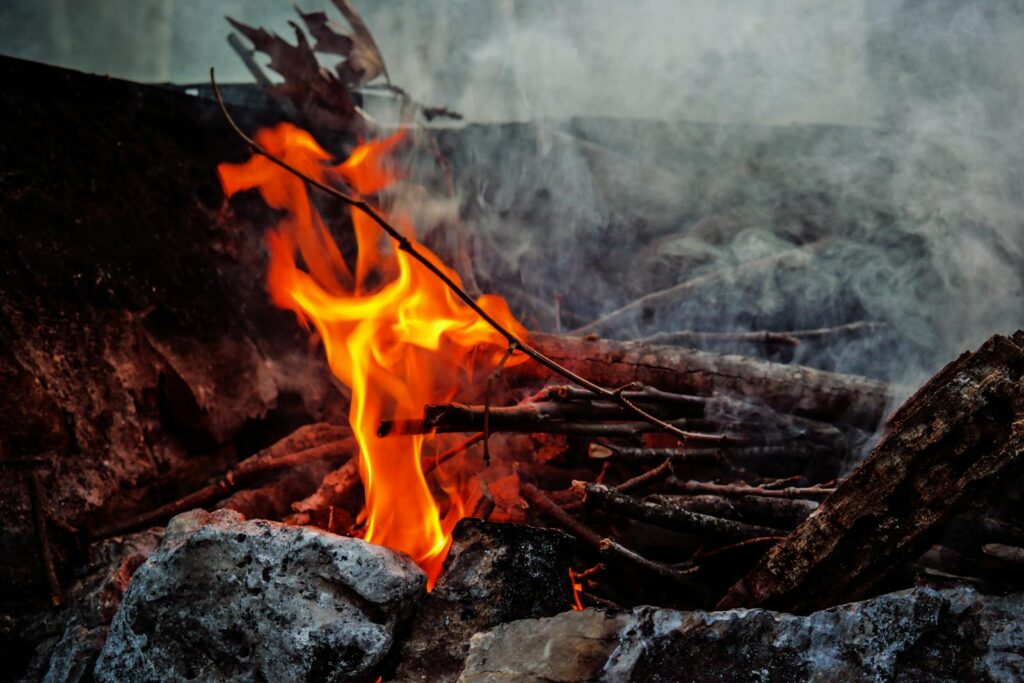
Aboriginal knowledge of birds using fire as a hunting tool dates back countless generations in Australia, where it has been incorporated into traditional stories and ecological knowledge. However, western scientists initially dismissed these accounts as mere folklore or misinterpretations of natural phenomena. It wasn’t until detailed observations were documented in peer-reviewed journals around 2017-2018 that the scientific community began to formally acknowledge this remarkable behavior. A research team led by Mark Bonta and Robert Gosford compiled observations from indigenous knowledge holders, firefighters, and park rangers across Australia’s tropical savannas, providing compelling evidence that these birds were intentionally transporting fire. The documentation included multiple independent accounts of birds grabbing smoldering sticks from existing fires, carrying them for up to one kilometer, and deliberately dropping them in unburned areas to start new fires.
The Firehawk Species Profile
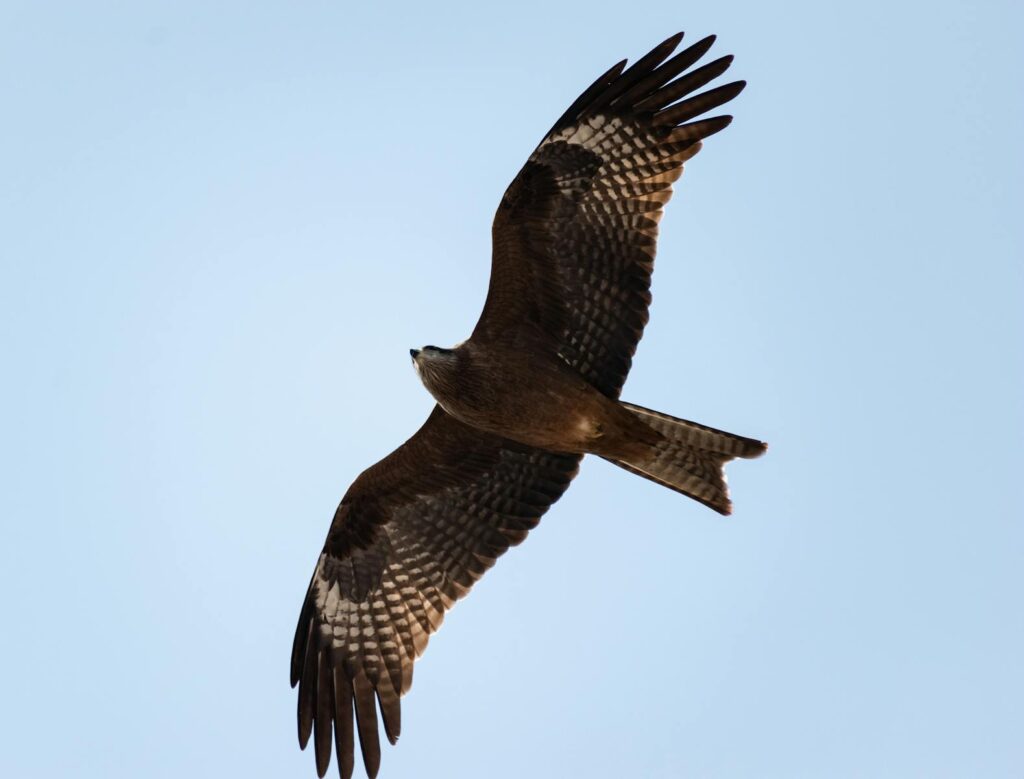
Three raptor species have been most frequently observed engaging in fire-spreading behavior: the Black Kite (Milvus migrans), Whistling Kite (Haliastur sphenurus), and Brown Falcon (Falco berigora). These birds are medium-sized raptors common throughout Australia’s northern tropical savannas. The Black Kite, the most prolific fire-spreader, is a highly adaptable species found across much of the world, though this fire behavior appears unique to Australian populations. All three species are opportunistic hunters with excellent vision, powerful talons, and hooked beaks for tearing prey. They typically hunt small mammals, reptiles, insects, and other birds, and are known for their intelligence and adaptability to different hunting strategies. These raptors have natural heat resistance in their feet, allowing them to approach fires closely and pick up burning material without injury.
The Mechanics of Fire-Spreading
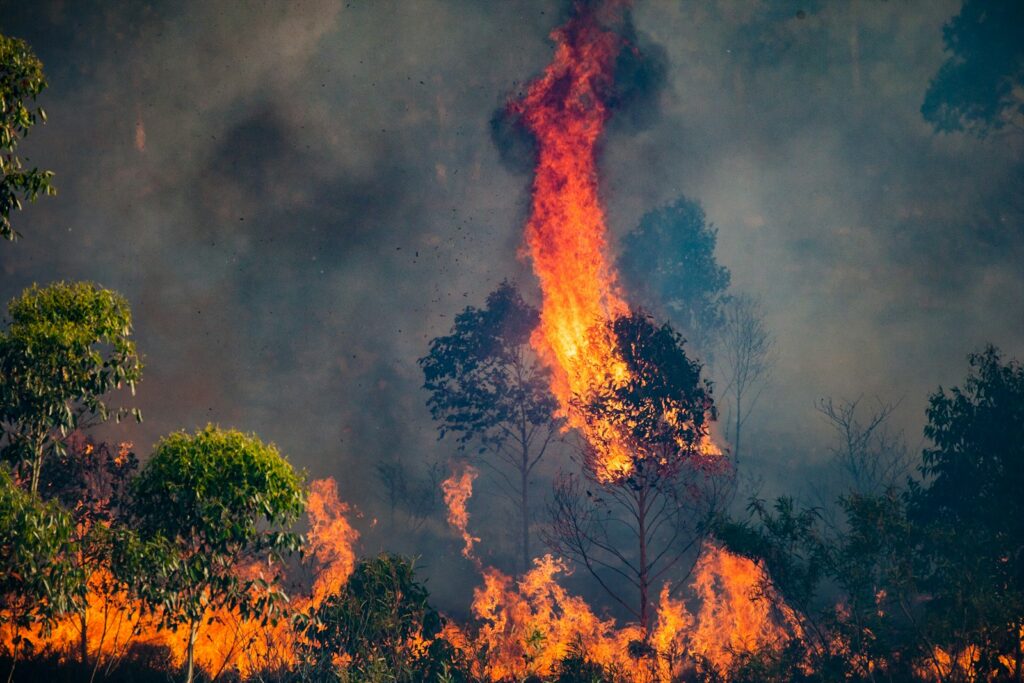
The process of fire-spreading by these raptors follows a distinct pattern that demonstrates remarkable strategic thinking. When a wildfire begins in the savanna, these birds will congregate near the fire front, watching for fleeing animals to prey upon. Some individuals then take the additional step of collecting burning sticks or smoldering vegetation from the edge of the fire. Using their talons, they carefully pick up these fire sources, which are typically small branches or twigs still producing flames or embers. The birds then fly distances ranging from dozens to hundreds of meters—occasionally up to a kilometer—before deliberately dropping these burning implements into dry grass or leaf litter in unburned areas. This calculated action creates new spot fires, which drive out more prey animals and expand the hunting opportunity. The birds will then position themselves strategically to catch animals fleeing from the new fires.
Intentionality Versus Accident
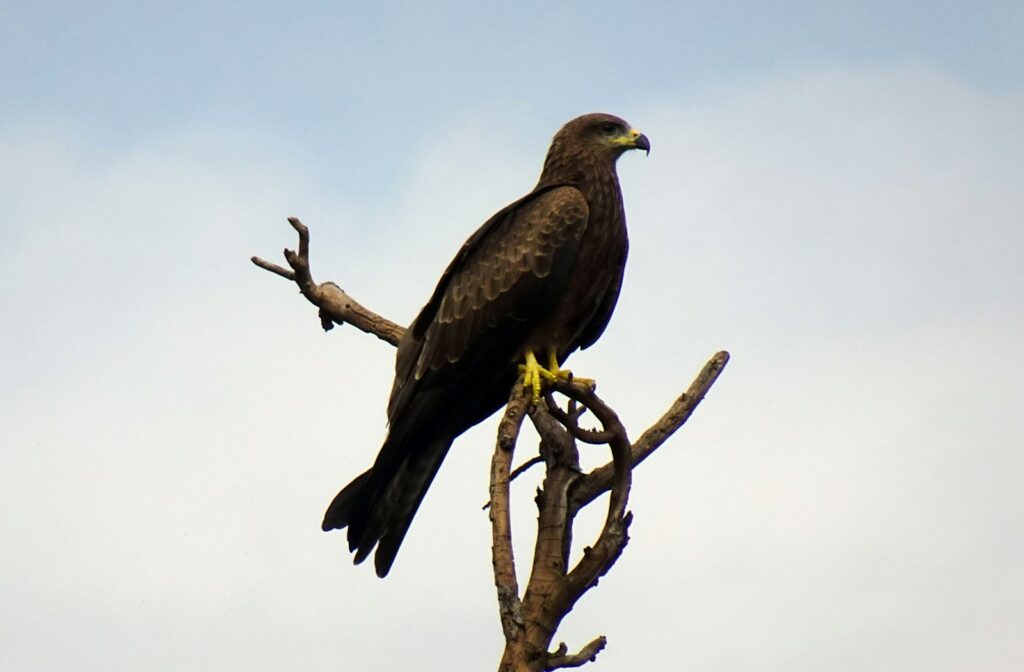
A critical question in understanding this behavior is whether the birds are intentionally spreading fire or simply dropping burning material accidentally. Multiple lines of evidence suggest this is indeed deliberate behavior. Observers have documented birds making repeated trips to collect fire, taking significant energy to carry burning material substantial distances, and specifically targeting unburned areas rather than randomly dropping the material. Additionally, the birds often wait near the newly started fires, clearly anticipating the emergence of prey. The frequency and consistency of observations across different regions and from multiple independent observers further supports that this is intentional behavior. Furthermore, the birds show specific adaptations for this behavior, including heat-resistant feet and the ability to precisely manipulate burning material without injuring themselves—suggesting evolutionary adaptation to this hunting strategy.
Evolutionary Advantages of Fire-Spreading
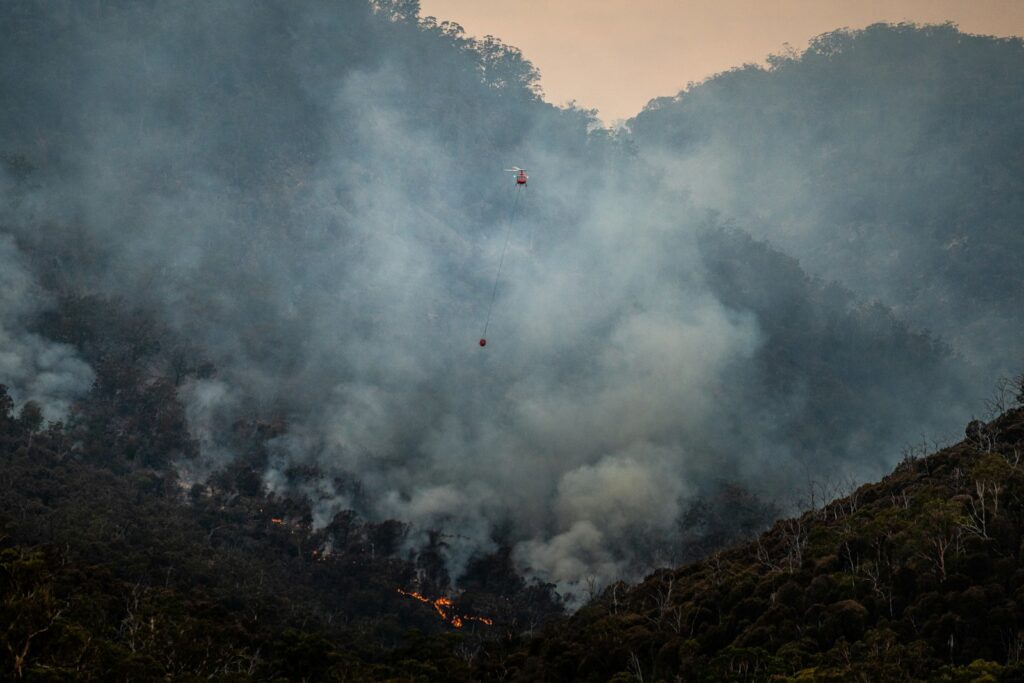
The development of fire-spreading behavior represents a significant evolutionary adaptation that offers several advantages to these raptor species. Most obviously, it increases hunting success by flushing out prey that might otherwise remain hidden in dense vegetation. Small mammals, reptiles, insects, and other birds attempt to escape the flames, making them vulnerable in open areas where the raptors can easily spot and capture them. This strategy also allows the birds to effectively expand their hunting territory by creating new fire fronts. Another advantage is reduced competition, as these birds can create their own hunting grounds away from other predators congregating at the main fire front. From an evolutionary perspective, this behavior likely developed as an extension of the birds’ tendency to hunt at natural fire fronts, with the more innovative individuals gaining a selective advantage through increased food acquisition, leading to the spread of this behavioral trait within certain populations.
Indigenous Knowledge and Cultural Significance
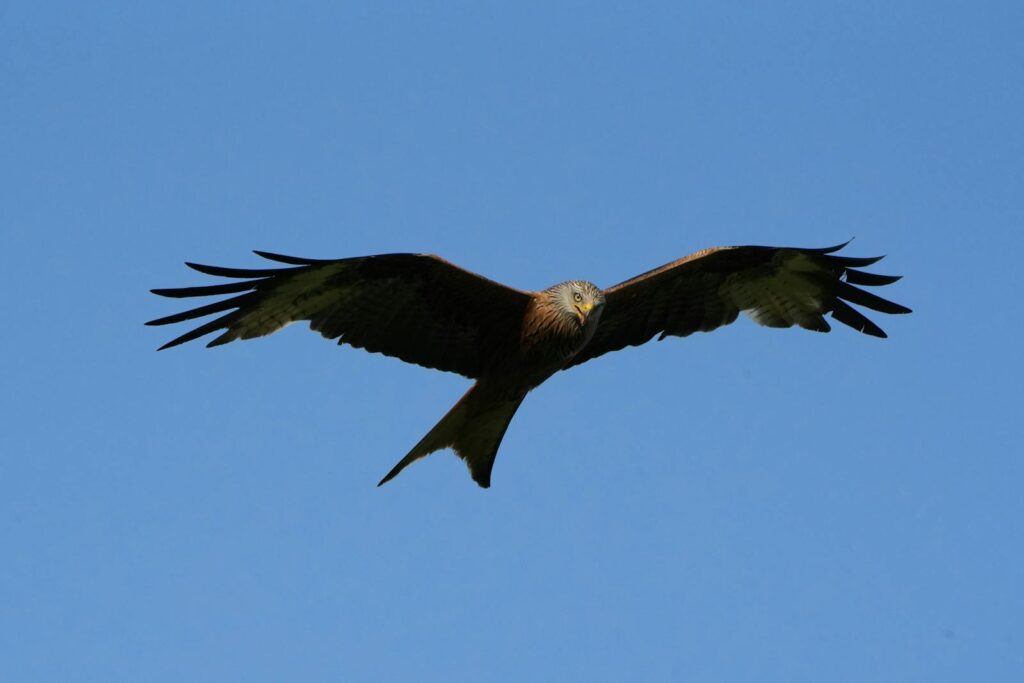
Aboriginal communities across northern Australia have long incorporated knowledge of fire-spreading birds into their cultural understanding of the landscape and fire management practices. In many traditional stories, these birds are portrayed as fire-bringers or fire-tricksters who stole fire from ancestral beings and spread it across the land. The Alawa people of the Northern Territory, for example, use the term “Karrkkanj” for the Brown Falcon, recognizing its association with fire in ceremonies and stories. Indigenous fire management practices often account for the behavior of these birds, understanding that controlled burns might be extended beyond intended boundaries by opportunistic raptors. This traditional ecological knowledge represents one of the longest-running observations of animal tool use in human history, demonstrating the sophisticated understanding Aboriginal cultures have developed of their environment. The belated scientific recognition of this phenomenon highlights the importance of indigenous knowledge in understanding ecological relationships.
Tool Use in the Animal Kingdom
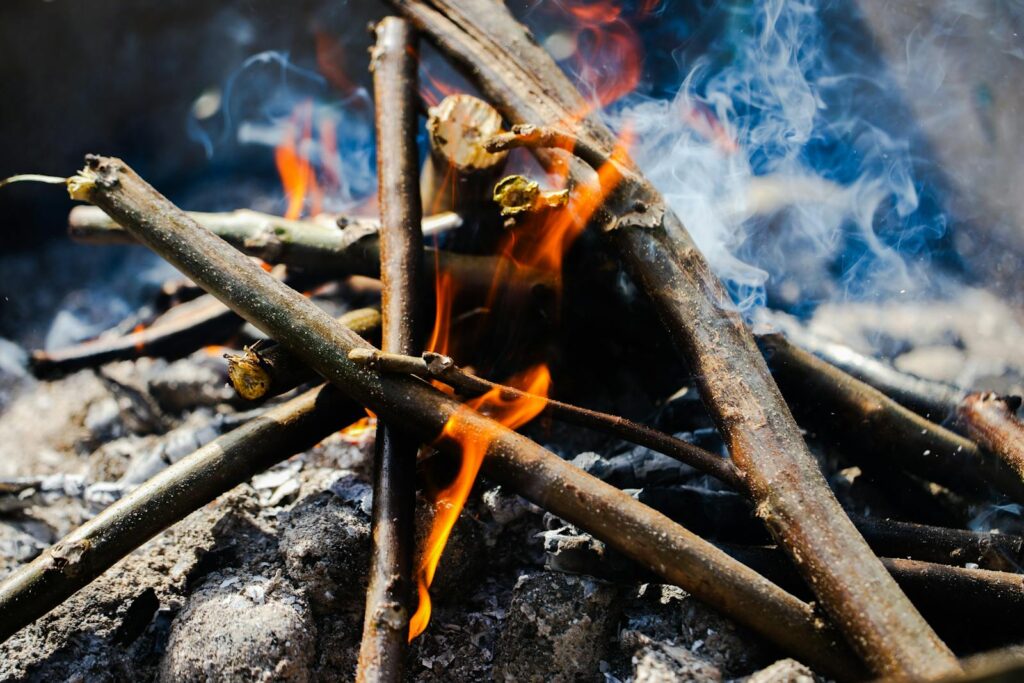
The fire-spreading behavior of Australian raptors represents one of the most sophisticated examples of tool use documented in non-human animals. Tool use is generally defined as the manipulation of an object to achieve a goal, often extending the physical capabilities of the user. While tool use was once considered a uniquely human trait, research has documented this capability in numerous species, including primates, crows, dolphins, and even some invertebrates. What makes the raptors’ behavior particularly remarkable is that they are using fire—a powerful and dangerous force—as their tool, something not observed in any other non-human species. Additionally, this behavior involves multiple steps: identifying suitable burning material, safely transporting it while still lit, and strategically placing it to create a new fire in a location beneficial for hunting. This level of complexity in tool use places these birds among the most cognitively sophisticated tool users in the animal kingdom, challenging our understanding of avian intelligence.
Ecological Impact of Avian Fire-Spreading
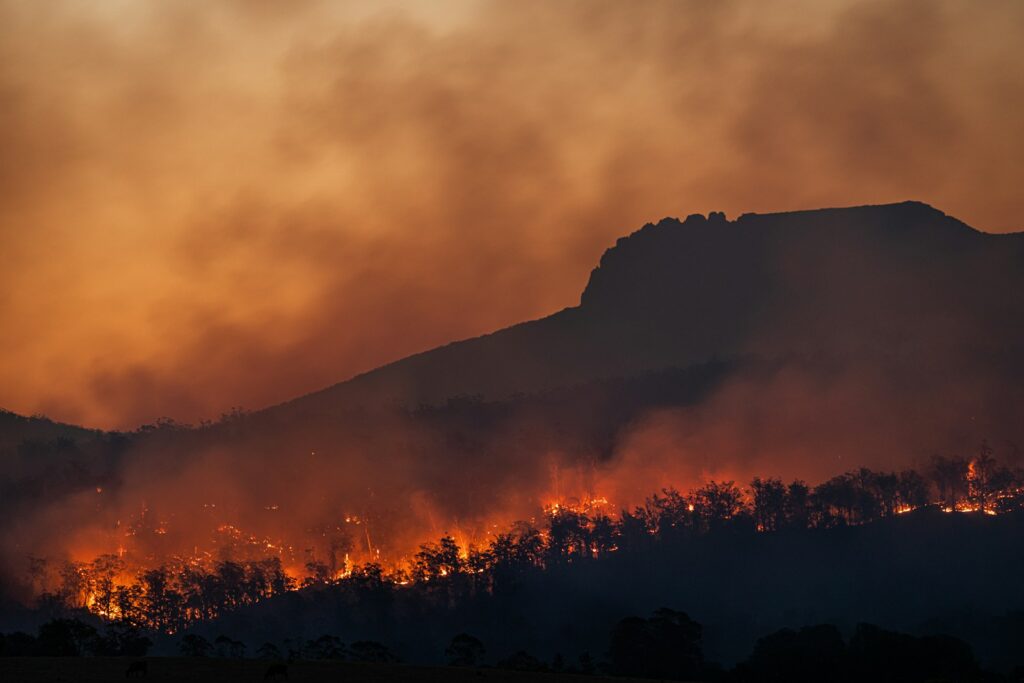
The fire-spreading behavior of raptors has significant implications for understanding the fire ecology of Australian landscapes. The birds effectively create a natural vector for fire spread that exists independently of wind patterns or direct flame contact, potentially increasing the rate and extent of fire movement across the landscape. In Australia’s northern savannas, which are adapted to regular burning, this behavior may have contributed to the fire-prone nature of these ecosystems over evolutionary time. The birds’ actions could influence vegetation patterns by increasing fire frequency in certain areas, potentially favoring fire-adapted plant species. From a conservation perspective, this behavior adds another complex variable to fire management strategies, as controlled burns might be extended beyond intended boundaries by opportunistic raptors. During extreme fire weather conditions, this behavior could potentially exacerbate wildfire spread, though it likely has been a natural component of these fire regimes for thousands of years.
Research Challenges and Confirmation
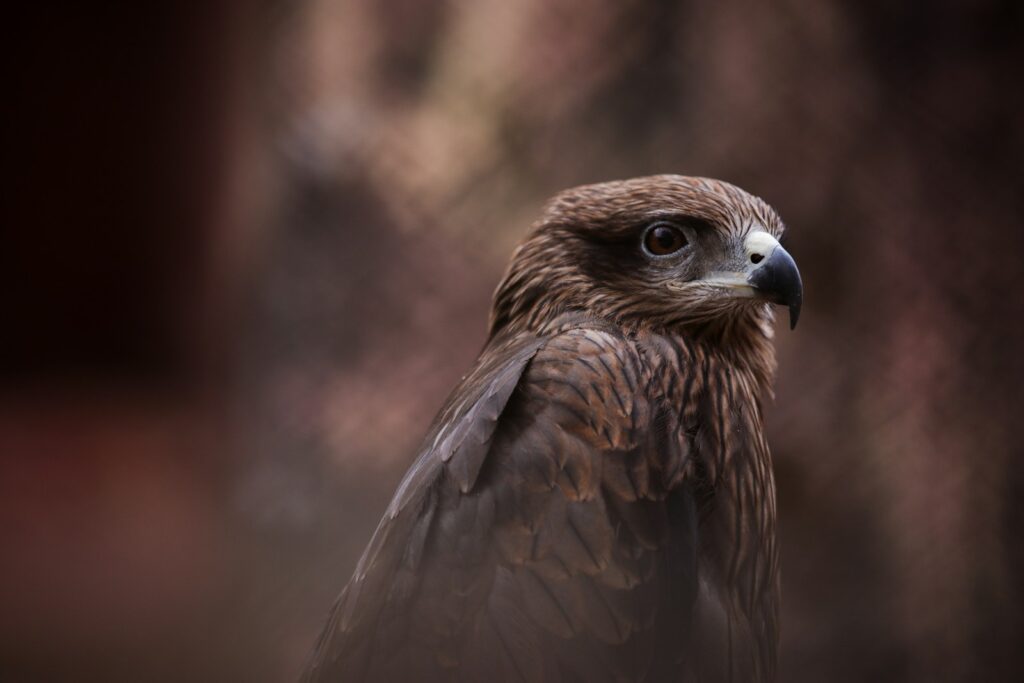
Studying and documenting fire-spreading behavior in wild raptors presents numerous challenges that have contributed to its late recognition by western science. The behavior occurs unpredictably during wildfires, which are themselves dangerous events that are difficult to observe systematically. The vast and remote areas of northern Australia where this behavior is most commonly reported further complicate consistent observation. Additionally, scientific skepticism about the intentionality of the behavior required multiple lines of evidence from numerous independent observers. Researchers have employed various methods to document the phenomenon, including interviews with indigenous knowledge holders, firefighters, and park rangers, as well as attempting to position observers strategically during planned controlled burns. While photographic and video evidence remains limited, the accumulation of consistent observations from reliable witnesses has established the reality of this behavior beyond reasonable doubt. Future research aims to document the behavior more thoroughly using drone technology and remote cameras that can be quickly deployed during fire events.
Cooperative Hunting and Social Learning
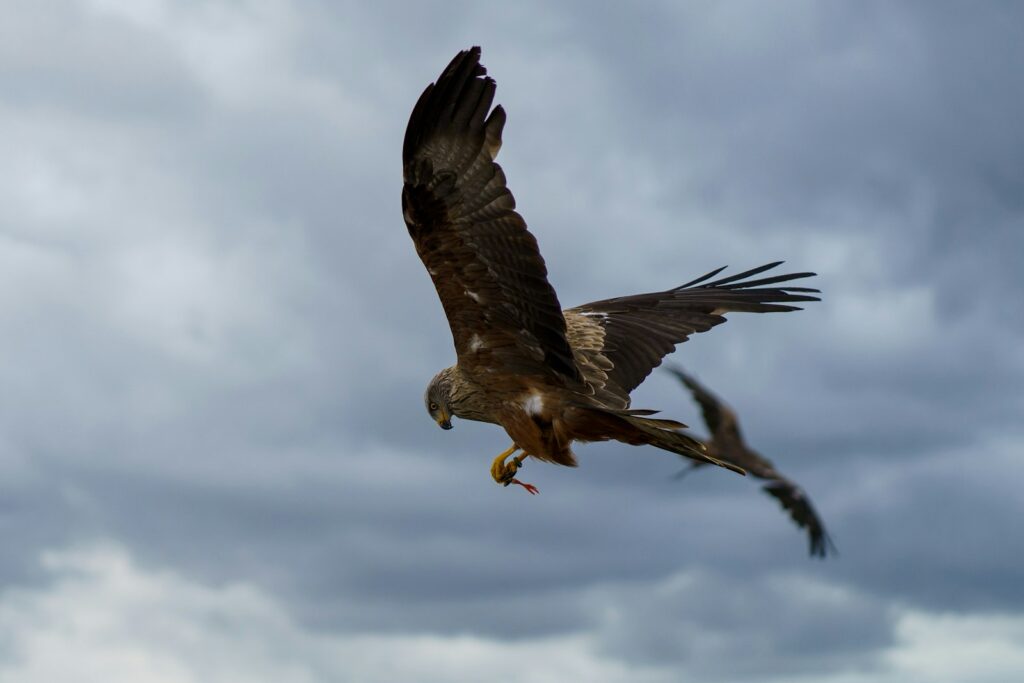
Observations suggest that fire-spreading behavior may involve elements of both cooperative hunting and social learning among the raptor species. Multiple birds are often observed working what appears to be a coordinated strategy around fires, with some individuals creating new spot fires while others position themselves to catch fleeing prey. This hints at a possible cooperative dimension to the behavior, though the extent of intentional cooperation versus opportunistic aggregation remains unclear. The transmission of this complex behavior within bird populations likely occurs through social learning, with juvenile birds observing and imitating the successful fire-spreading tactics of experienced adults. This pattern of learning is consistent with observations that juvenile raptors are often present during fire events, watching the behavior of adults before attempting it themselves. The fact that this behavior appears localized to Australian populations of these birds, despite Black Kites existing worldwide, further suggests cultural transmission of knowledge rather than purely instinctive behavior.
Cognitive Implications of Fire Manipulation
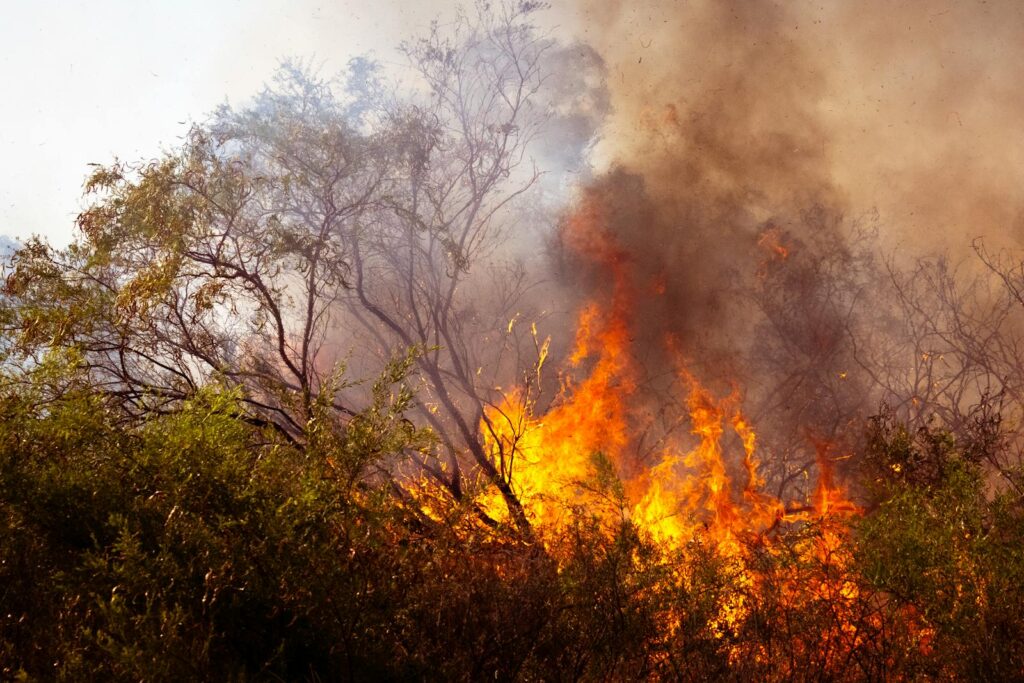
The ability to intentionally spread fire represents a remarkable cognitive achievement for these birds, with significant implications for our understanding of avian intelligence. Successfully using fire as a hunting tool requires several sophisticated cognitive capabilities, including causal understanding—recognizing that dropping burning material will create a new fire that will flush out prey. The birds must also demonstrate impressive risk assessment, handling dangerous burning material without injuring themselves and judging when and where to create new fires. This behavior also suggests some capacity for future planning, as the birds create fires in anticipation of future hunting opportunities rather than responding to immediately visible prey. The fact that these raptors have developed this strategy independently of human teaching (unlike, for example, hunting birds trained by humans) makes their achievement particularly significant. These cognitive abilities challenge traditional views of bird intelligence and suggest that certain raptor species possess problem-solving abilities and causal understanding previously associated primarily with mammals and some corvids (members of the crow family).
Fire Management Implications
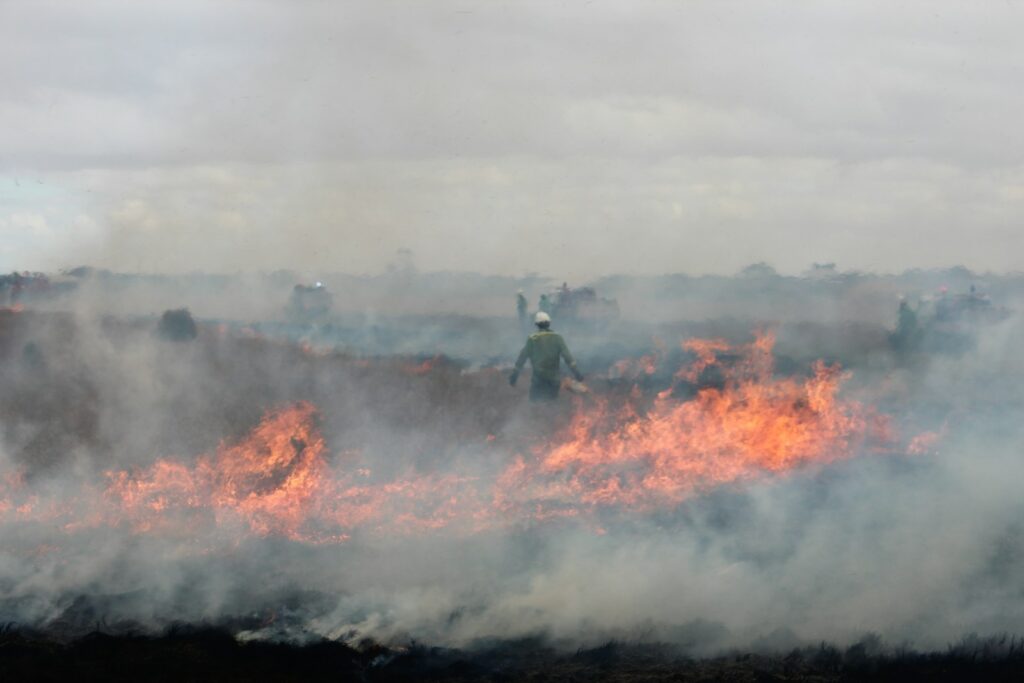
The recognition of birds as fire-spreading agents has important implications for wildfire management strategies in Australia and potentially elsewhere. Fire management authorities now need to account for the possibility that controlled burns or wildfire containment efforts might be complicated by raptors carrying fire beyond containment lines. Some fire services in northern Australia have begun incorporating awareness of this behavior into their planning, stationing observers to watch for birds attempting to spread fires during controlled burning operations. The behavior also provides insight into historical fire patterns and spread mechanics in Australian landscapes, potentially explaining some instances of spotting (new fires igniting ahead of the main fire front) previously attributed solely to wind-carried embers. Indigenous fire management practices, which have long accounted for this behavior, offer valuable lessons for contemporary approaches. Collaboration between fire authorities, ecological researchers, and indigenous knowledge holders represents the most comprehensive approach to understanding and managing this aspect of fire ecology.
Future Research Directions

While the existence of fire-spreading behavior in Australian raptors is now well-established, many questions remain that will guide future research. Scientists hope to better document the frequency of this behavior and its prevalence across different raptor populations throughout Australia. Researchers are particularly interested in determining whether there are regional variations in this behavior and if it exists in raptor populations outside Australia. Other key questions include understanding how juvenile birds learn this technique, the extent of cooperation among individuals, and what factors might trigger fire-spreading versus simply hunting at existing fire fronts. Technological approaches using heat-resistant drones, remote cameras, and satellite tracking of individual birds may provide new opportunities for systematic observation. Interdisciplinary research combining indigenous ecological knowledge with western scientific methods offers the most promising approach to fully understanding this fascinating behavior and its broader ecological implications.
The fire-spreading behavior of Australian raptors represents one of the most extraordinary examples of tool use in the animal kingdom, challenging our understanding of avian intelligence and the cognitive capabilities of non-human species. This phenomenon, long known to Aboriginal Australians but only recently acknowledged by western science, demonstrates how birds have adapted to Australia’s fire-prone environment in remarkable ways. By deliberately transporting fire to create new hunting opportunities, these raptors display sophisticated problem-solving abilities, causal understanding, and possibly even cooperative hunting strategies. As research continues to uncover the intricacies of this behavior, it serves as a powerful reminder of the complex and sometimes unexpected ways in which animals interact with their environment. It also highlights the value of indigenous knowledge in understanding ecological relationships and the importance of interdisciplinary approaches in wildlife research.
